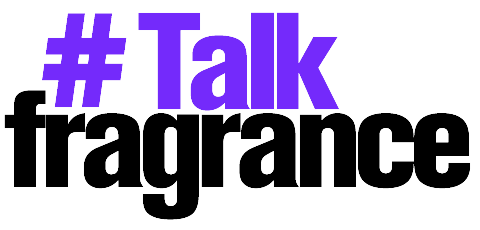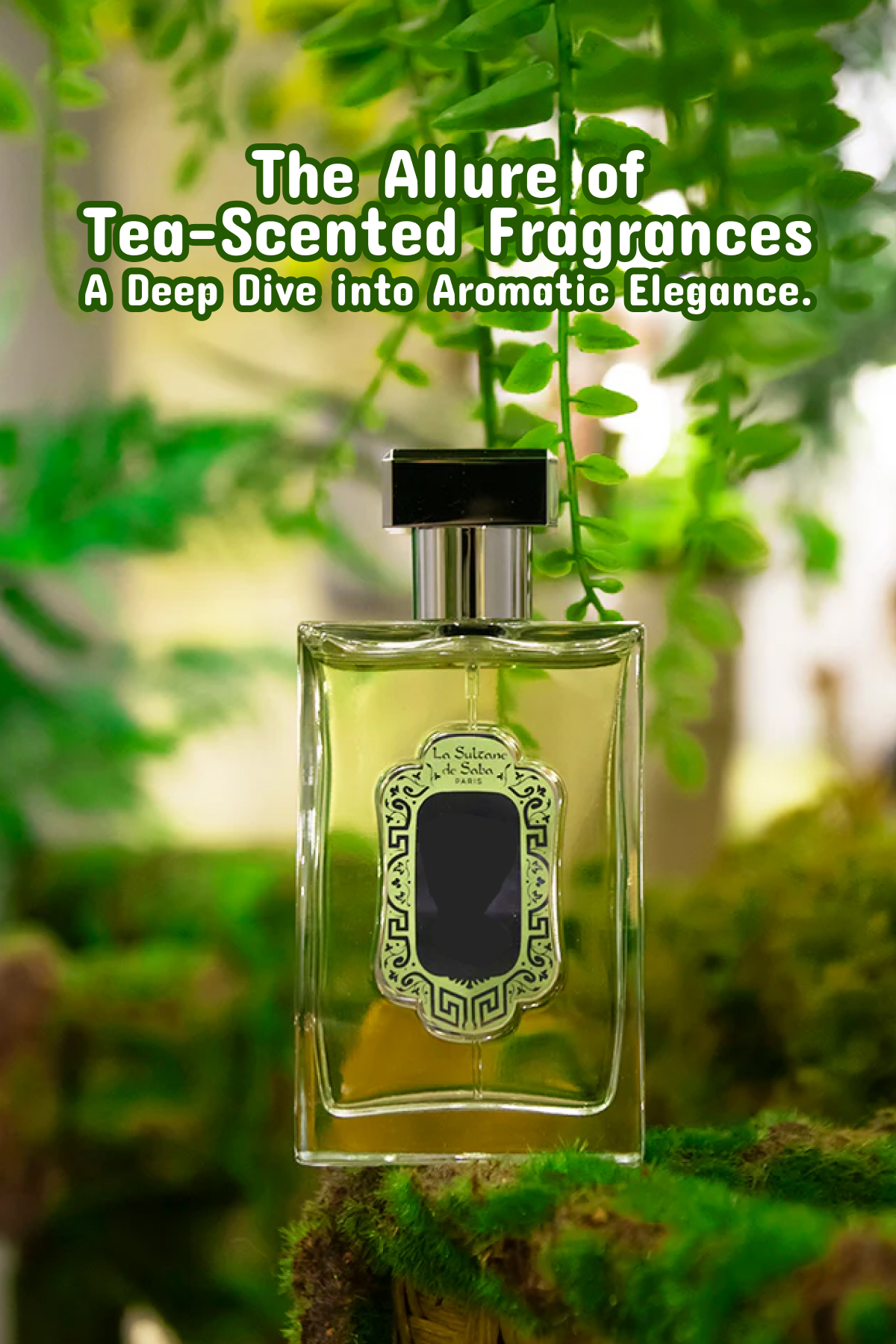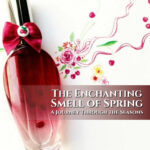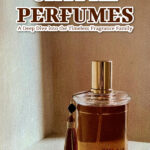In the perfumery world, there is a rising admiration for aromas that transport us to peaceful, serene locations. Among these, tea-scented fragrances have established a distinct niche by providing a refined and subtle aroma that captivates the senses.
These fragrances, based on the delicate and nuanced odors of various tea leaves, offer a refreshing contrast to more typical perfume notes. Let’s look at the fascination of tea-scented fragrances, their history, the different variations available, and why they’re becoming so popular among fragrance fans.
A Short History of Tea in Perfumery
Tea has been valued for ages, not only as a beverage, but also for its relaxing and revitalizing effects. Tea was first used in perfumery in the late twentieth century and has since grown in prominence. Bulgari’s “Eau Parfumée au Thé Vert,” which debuted in 1992, was the first important tea-scented fragrance to establish this trend. This fragrance, inspired by Japanese green tea, brought a fresh, fragrant, and slightly bitter note to the perfume industry, setting it apart from the heavier, more luxurious perfumes of the period.
The popularity of Thé Vert paved the way for numerous tea-inspired scents, each exploring a distinct aspect of tea leaves, ranging from green and earthy to smoky and fragrant. Tea-scented scents are now valued for their versatility and calming effect, making them a must-have for many perfume enthusiasts.
In parallel, the musk perfume history reveals how musk, known for its rich, sensual base, has been equally cherished in the perfume world. The deep, animalic tones of musk have historically complemented lighter, fresher scents like tea, creating complex layers that have intrigued perfume lovers for centuries.
Varieties of Tea-Scented Fragrances
Tea-scented scents can be as diverse as the teas. Depending on the tea and accompanying notes, these smells can range from light and refreshing to deep and intriguing. Here are a few popular varieties:
Green tea scents are commonly associated with freshness and purity. The aroma is usually mild, with a crisp, slightly bitter edge. These perfumes are ideal for people who enjoy a fresh, energetic scent. They frequently include citrus, mint, or mild florals to provide freshness. Examples include Elizabeth Arden’s “Green Tea” and L’Occitane’s “Thé Vert.”
White tea aromas are delicate and mild, with a light flowery aroma. They are frequently referred to as the most refined of tea scents, providing a delicate and elegant fragrance experience. These perfumes may contain notes of iris, rose, or musk to create a light, airy fragrance. A popular example is Bulgari’s “Eau Parfumée au Thé Blanc”.
Black tea scents are deeper and more strong, with smoky or earthy undertones. These scents frequently convey warmth and comfort, making them suitable for cool weather. To compliment the strong tea aroma, they may add aromas of spices, leather, or wood. Diptyque’s “L’Eau des Hesperides” and Jo Malone’s “Assam & Grapefruit” are popular black tea perfumes.
Oolong tea smells mix the freshness of green tea with the depth of black tea. They are often complex, with a slightly sweet, flowery, and woody aroma. These perfumes are ideal for folks who enjoy a complex, multilayered aroma. Examples include Giorgio Armani’s “Thé Oriental” and Atelier Cologne’s “Oolang Infini”.
Chai tea scents are spicy, warm, and comforting, reminiscent of traditional Indian spiced tea. These scents frequently contain notes of cinnamon, cardamom, ginger, and clove, resulting in a rich, exotic scent. They are ideal for folks who want robust, spicy scents with a gourmet twist. Tom Ford’s “Noir Pour Femme” is a popular chai tea scent.
Matcha tea smells are vivid and green, evoking the flavor of finely ground Japanese green tea. These smells are typically fresh and slightly sweet, with a grassy or herbal undertone. They may include mint, fig, or vanilla notes to add complexity. Maison Margiela’s “Matcha Meditation” is a popular fragrance inspired by matcha tea.
Why are Tea-Scented Fragrances gaining popularity?
Several reasons contribute to the increased popularity of tea-scented fragrances. First and foremost, these fragrances have a distinct aroma character that differs from the more usual floral or fruity perfumes. Tea notes are delicate and complex, creating an understated elegance that appeals to people looking for something unique.
Furthermore, tea-scented scents are frequently connected with a feeling of peace and relaxation. For many people, the ritual of sipping tea provides a moment of serenity and introspection, and these smells encapsulate that serene sense. In a fast-paced world, a tea-scented perfume might serve as a reminder to calm down and live in the moment.
Another reason for their popularity is their adaptability. Tea smells can be worn all year round and are appropriate for a range of circumstances. They are often light and unobtrusive, making them perfect for everyday use or in professional contexts where a powerful perfume might be overbearing. Furthermore, tea-scented perfumes frequently have unisex appeal, with many fragrances being popular among both men and women.
Finally, the clean and natural aura of tea-scented scents is consistent with the current trend for minimalist and nature-inspired perfumes. As people grow increasingly aware of the contents in their cosmetic products, the simple, pure nature of tea smells is especially enticing.
How to Select and Wear Tea-Scented Fragrances.
When selecting a tea-scented fragrance, think about which tea notes appeal to you the most. Do you like the crispness of green tea, the delicateness of white tea, or the warmth of black tea? Also, consider the instances when you intend to wear the fragrance. A light green tea aroma would be ideal for daytime wear, whilst a heavier black tea fragrance might be more appropriate for evening activities.
Tea-scented fragrances are versatile and can be combined with other smells to create a unique aroma. For example, a green tea fragrance can be combined with citrus or floral notes to create a brighter perfume, whilst a black tea fragrance can be boosted with spices or woods to create a more strong aroma. These combinations work well in candle fragrance oils, allowing you to craft custom scents for your home that evoke a sense of calm or energy, depending on your blend.
To maximize the effectiveness of your tea-scented fragrance, apply it to pulse areas such as the wrists, neck, and behind the ears. These locations produce heat, which helps to spread the smell throughout the day. To have a more delicate impact, spray the fragrance into the air and walk through it, allowing the perfume to softly settle on your skin and clothing.
Conclusion
Tea-scented scents provide a refreshing and elegant alternative to typical perfumes. Whether you favor the crispness of green tea, the softness of white tea, or the richness of black tea, there is a tea aroma to suit every taste.
As these fragrances acquire popularity, they are becoming a must-have for perfume connoisseurs all around the world. Their unique ability to produce a sense of tranquility and sophistication makes them ideal for anyone looking for a perfume that is both distinctive and timeless. So, the next time you’re looking for a new fragrance, consider exploring the world of tea-scented perfumes—you might just discover your new trademark scent.













